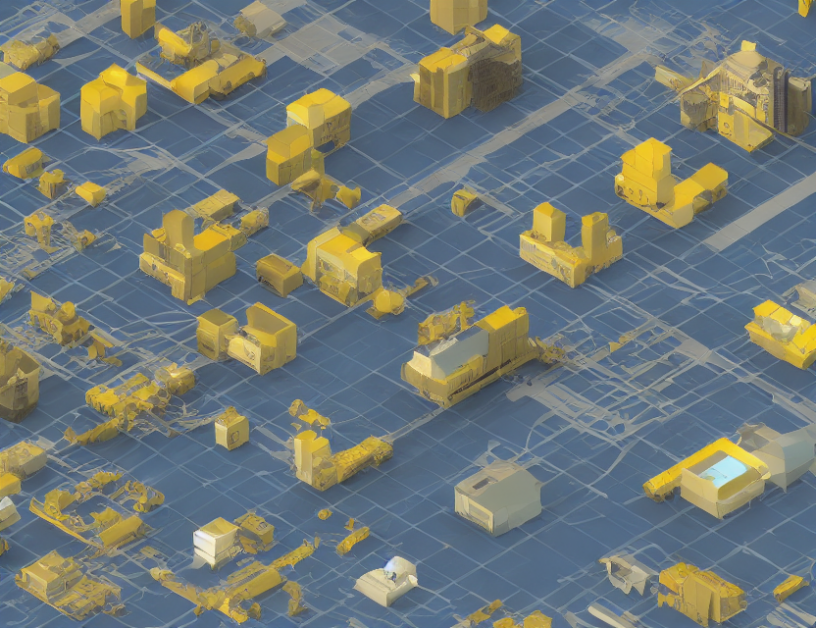Human activity recognition (HAR) is a key technology with numerous applications in various fields, including healthcare, entertainment, and surveillance. Deep learning (DL) has shown promising results in tackling HAR challenges, particularly in recognizing activities from raw sensor data. In this article, we delve into the world of DL for HAR and explore the techniques, algorithms, and architectures used to achieve accurate activity recognition.
Introduction
HAR is a complex task that involves identifying and classifying human movements from various sensors, such as accelerometers, gyroscopes, and cameras. The process involves extracting features from raw sensor data and using them to train machine learning models for activity classification. DL has revolutionized the field of HAR by providing powerful tools for feature extraction, dimensionality reduction, and pattern recognition.
Data Preprocessing
DL algorithms require large amounts of labeled data for training and optimization. However, collecting and labeling such data can be a significant challenge, especially for complex activities like walking or running. To overcome this limitation, researchers often use techniques like transfer learning, where pre-trained models are fine-tuned on new datasets to adapt to specific activity recognition tasks.
Convolutional Neural Networks (CNNs)
CNNs are the most popular DL architecture for HAR. These networks consist of multiple convolutional layers that extract features from raw sensor data, followed by pooling layers that reduce the dimensionality of the data. The output of the CNN is then fed into a fully connected layer for activity classification using softmax or logistic regression.
Transfer Learning and Fine-tuning
Transfer learning is an essential aspect of DL for HAR. By leveraging pre-trained models, researchers can adapt to new activities and datasets without requiring significant computational resources. Fine-tuning involves adjusting the weights of the pre-trained model to fit the new activity recognition task, which can result in improved accuracy compared to training from scratch.
Recurrent Neural Networks (RNNs)
RNNs are another type of DL architecture used for HAR. These networks are particularly effective in recognizing sequential activities like walking or running. RNNs use recurrent connections to capture temporal dependencies in the data, enabling them to model complex patterns and relationships between sensor readings.
Attention Mechanisms
Attention mechanisms have been increasingly used in DL for HAR to focus on specific parts of the input data that are relevant for activity recognition. This technique allows the network to selectively concentrate on specific sensor readings or features, reducing computational complexity and improving accuracy.
Evaluation Metrics
Evaluating the performance of DL models for HAR is crucial to assess their effectiveness. Common evaluation metrics include accuracy, precision, recall, F1-score, and mean absolute error (MAE). These metrics help researchers compare the performance of different models and identify areas for improvement.
Future Directions
Despite the promising results achieved by DL for HAR, there are still several challenges that need to be addressed. One of the main limitations is the need for high-quality labeled data, which can be time-consuming and expensive to collect. Additionally, DL models require significant computational resources, which can hinder their deployment in resource-constrained environments. Future research should focus on developing more efficient and accurate DL algorithms that can handle large-scale HAR tasks with ease.
In conclusion, deep learning has revolutionized the field of human activity recognition by providing powerful tools for feature extraction, dimensionality reduction, and pattern recognition. By leveraging pre-trained models and techniques like transfer learning and attention mechanisms, researchers have been able to achieve high accuracy in recognizing various human activities from raw sensor data. Although there are still challenges that need to be addressed, the future of HAR looks promising with the continued development of DL algorithms and architectures.



